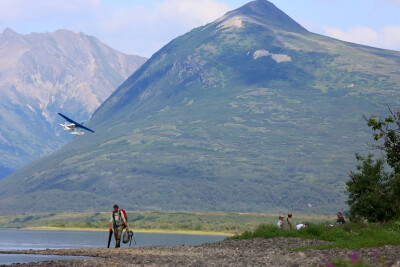The photos are shocking, but they don’t tell the whole story.
In February Oceana acquired photos of dead, bloodied marine animals caught as bycatch in California’s drift gillnet fishery. The environmental group obtained the photos by petitioning NOAA through a Freedom of Information Act request and is using them in a campaign to get rid of driftnet fishing.
It almost worked. Subsequently, a bill banning drift gillnets was introduced but defeated in the California State Assembly Water, Parks and Wildlife Committee. This was thanks in no small part to a delegation of commercial fishermen and their supporters who countered Oceana’s sensational images with a campaign of their own to get the truth out about their fishery.
Like all U.S. fisheries, California’s drift gillnets are highly regulated. It’s limited entry with short fishing seasons and off-limits to areas because of concerns about bycatch of sea turtles and other marine mammals. Fishermen are also required to use pingers on their nets that make sounds that deter mammals. In May, NOAA renewed an emergency rule shutting down the fishery if a single sperm whale interacts with a driftnet.
But don’t think this fight is over. Oceana will continue to push for the shutdown, and those photos are still making the media rounds. This week they came out again in a story on PBS News Hour. Fortunately, the reporter also interviewed a fisherman’s wife and a scientist, who made a good point about what would happen if the U.S. fishery were shut down. People wouldn’t stop eating swordfish, there’d just be more imported from other countries where fishing practices are not highly regulated. Watch the video below:
It reminded me of a conversation I had a couple months ago for a story I wrote for Seafood Business magazine about software systems that tracked seafood from the boat. That’s good, but unfortunately American buyers can only track from the boat if the seafood is landed in an American port. For those who import seafood, traceability still mostly means trusting your supplier to do the right thing.
Trust is good, but regulations and documented traceability are better — which brings me back to the photos. They are gruesome, but let’s not forget who took them: NOAA fishery observers who are on boats to track the catch and make sure fishermen are following regulations. Wouldn’t it make more sense if environmental groups stopped attacking U.S. commercial fishermen and started promoting their catch as the most sustainable choice?






